|
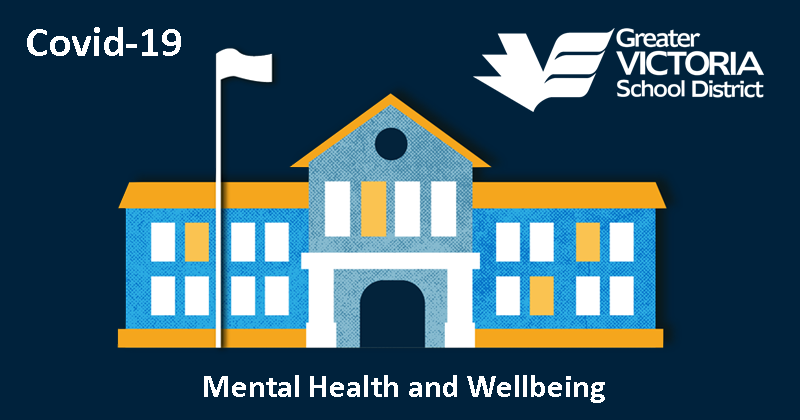 | June 1st 2020
COVID-19
Secondary Snapshot
Social Media Safety

|
| |
|
|
|
 |
Social media and technology has changed the way we live our lives, and can serve as a powerful tool to enhance education, communication and learning. During the Pandemic, it has become the lifeline for many youth and families.
|
|
|
|
Unfortunately, among all the positive experiences online and with social media, we have seen a rise in potentially unsafe behaviours, as well as a developing dependence on digital devices and media. The lines between public and private, personal and professional are becoming blurred, particularly during the Pandemic.
It is important to keep pace with our use of technology as we learn to co-exist online as well as managing our digital footprint in the most positive light. Caregivers should be aware of the legal and social implications to cyberbullying, sexting and general social media safety so that our youths' current and future digital footprint continue to be a positive piece of their adolescent experience.
|
| |
|
The 2018 BC Adolescent Health Survey reported: At some point in their lives, 17% of students had met someone through the Internet who made them feel unsafe, and this was an increase from 2008.
|
|
|
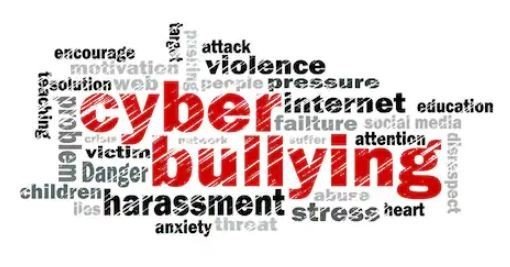
| In the past year, 14% of students had been cyberbullied (including 23% of non-binary youth). This is a decrease from 2008 reports.
6% of students reported they had cyberbullied someone else in the past year.
|
|
|
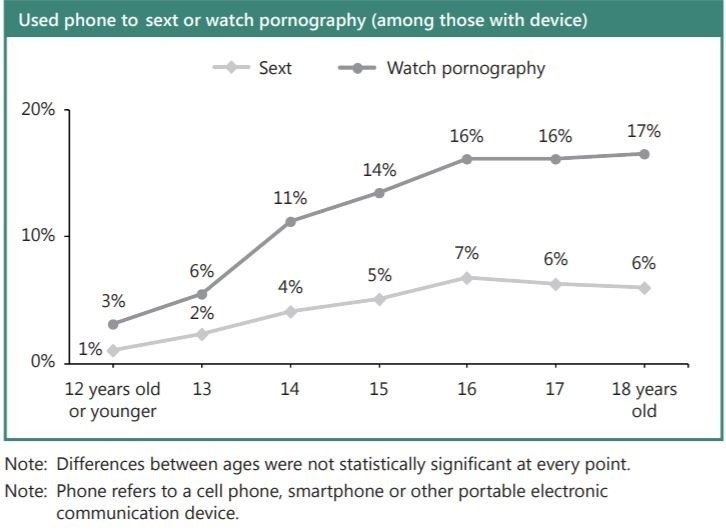
| 5% of youth with a phone used it on their most recent school day to engage in sexting (a decrease from 10% in 2013).
12% of youth used their device to watch pornography (4% of females had watched pornography on their last school day, compared to over 20% of males and non-binary youth).
|
|
|
|
Youth surveyed who used their phones to watch pornography were more likely to have also engaged in sexting on their last day of school (21% vs 3% of those who did not use their phone to watch porn).
|
| |
|
|
|
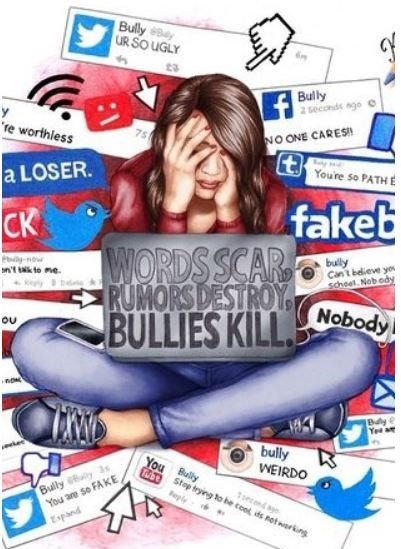
| CYBERBULLYING Cyberbullying is using online tools like websites, social media or texting to hurt, humiliate or threaten others. It can include:
Posting or sharing false information or images about someone that will cause harm to them or their reputation – including sharing photos, text messages or emails without their permission.
Repeatedly sending someone nasty, mean, insulting or threatening messages.
Pretending to be someone else online by using their personal information without permission.
|
|
|
Excluding or banning someone from online games, chat rooms, social media pages, etc.
Creating websites, posts or polls to rate people by their looks – for example, asking people to "like" a picture if they think a person is a loser.
Sending viruses or malicious code to damage someone else's device.
|
|
|
|
|
As the law currently stands, there is no specific or stand-alone crime of cyberbullying.
However, when bullying behaviour reaches the level of criminal conduct, the current Criminal Code of Canada contains several offences that capture this criminal behaviour.
|
The following Criminal Code offences may apply to the behaviours associated with cyberbullying:
- Criminal Harassment (s.264)
- Uttering Threats (s.264.1)
- Child Pornography: Making of, - Distribution, Production and Accessing (s.163.1)
- Luring a Child (s.172.1)
- Voyeurism (s.162)
|
- Intimidation (s.423(1))
- Mischief in Relation to Data (s.430 (1.1)
- Unauthorized Use of Computer (s.342.1)
- Identity Fraud (s.403)
- Extortion (s.346)
- False Messages, Indecent or - Harassing Telephone Calls (s. 372(1))
- Counselling Suicide (s.241)
- Defamatory Libel (s.298-302)
- Incitement of Hatred (s.319)
|
|
|
SEXTORTION Sextortion is when online predators convince a person to take sexual photos or record sexual acts. They threaten to post the photos or videos online unless the person pays money or provides more inappropriate material. In many incidents, youth are participating in this activity believing they are engaging with another young person.
|
 |
|
|
Connections first start within social networking sites (e.g. Facebook) and then can progress to live video feeds (e.g. Skype) where youth engage in sexual behaviours that are secretly recorded by offenders over webcam. A network of people who devote their time to capturing images of young girls and boys are known as “cappers”. This is extortion and is a Criminal Code offence (s.346).
|
|
|
| Video - Sextortion Targets Youth:
|
|
|
|
|
 |
PROTECTING CANADIANS FROM ONLINE CRIME
The federal government recently passed Bill C13 which prohibits the non-consensual distribution of intimate images.
Bill C13 also gives the courts and law enforcement more powers to respond to criminal online behaviour, such as ordering the removal of intimate images and accessing evidence from the Internet and other new technologies.
|
|
|
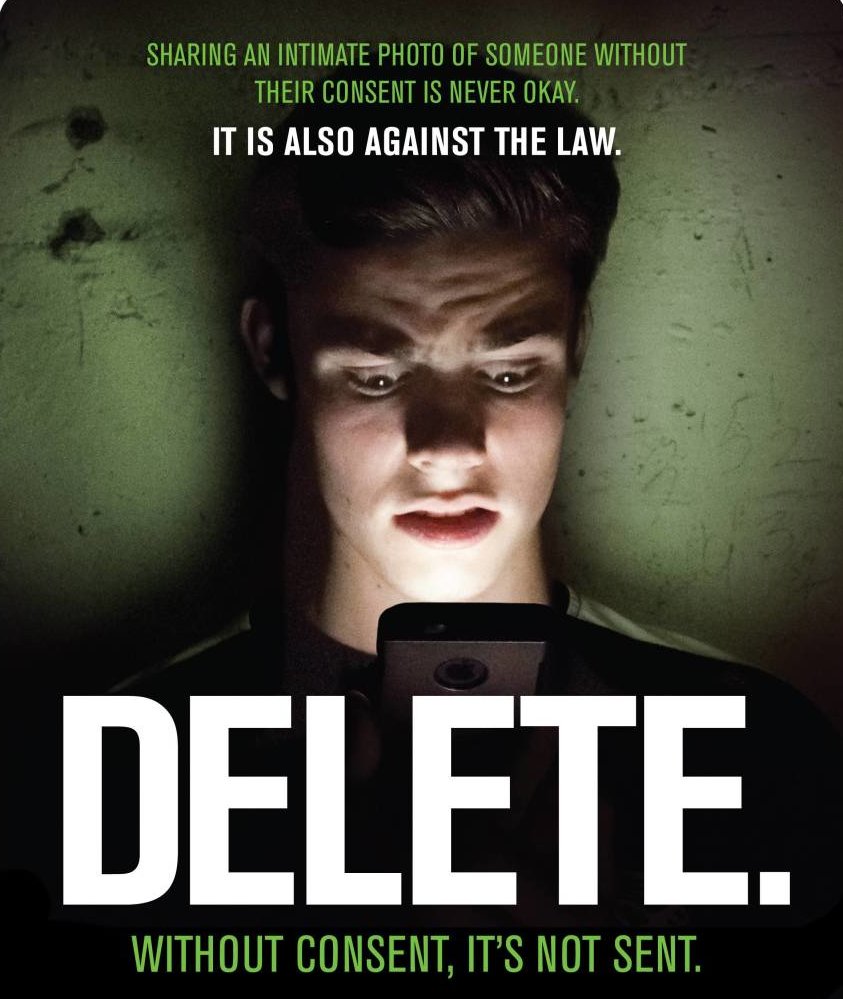
| The law defines an “intimate image” as one that shows a person exposing their breasts, genitals or anal region, or depicts them engaged in explicit sexual activity (meaning acts involving nudity or intimate sexual activity, but not including activities like touching or kissing).
If you take or share a naked or “sexually explicit” image of yourself or someone else, you could be charged with a Criminal Code offence such as the non-consensual distribution of an intimate image or child pornography.
|
|
|
What Does the Law Say? In Canada, it’s a criminal offence “to share intimate images without the consent of the person in the image.” If that describes what’s happened to you, you may want to talk to a lawyer, report it
to CyberTip or contact the police.The police have the power to force someone to take down and stop spreading the image. It is important to note that currently no youth in Canada has ever been charged for sending consensual sexts.
|
|
|
AGE OF CONSENT TO SEXUAL ACTIVITY
The age of consent is the age at which a young person can legally agree to sexual activity. Age of consent laws apply to all forms of sexual activity, ranging from kissing and fondling to sexual intercourse.
CANADA'S AGE OF CONSENT
The age of consent to sexual activity is 16 years. In some cases, the age of consent is higher (for example, when there is a relationship of trust, authority or dependency).
In other words, a person must be at least 16 years old to be able to legally agree to sexual activity with an adult.
|
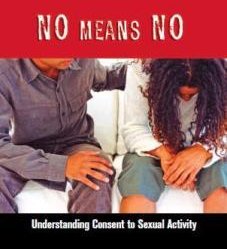
|
|
|
CLOSE IN AGE EXCEPTIONS
A 14 or 15 year old can consent to sexual activity as long as the partner is less than five years older and there is no relationship of trust, authority or dependency or any other exploitation of the young person. This means that if the partner is 5 years or older than the 14 or 15 year old, any sexual activity is a criminal offence.
|
|
|
|
| IF YOU ARE CONCERNED THAT YOUR CHILD IS A VICTIM OF A CYBERCRIME, PLEASE CALL THE POLICE.
IF YOU CHILD APPEARS TO BE INVOLVED IN UNSAFE SOCIAL MEDIA BEHAVIOUR, PLEASE CONTACT YOUR SCHOOL COUNSELLOR AND/OR ADMINISTRATOR AND YOU WILL BE REFERRED TO COMMUNITY AGENCIES WHO SPECIALIZE IN THIS SUPPORT.
|
| |
|
| SOCIAL MEDIA SAFETY GUIDELINES FOR PARENTS
|
|
|
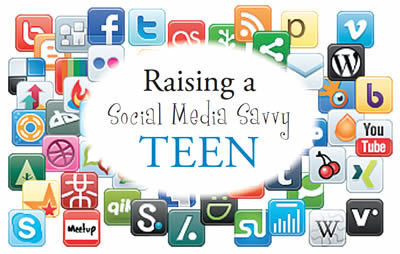
Parents are encouraged to have frequent proactive discussions with their children around their use of the internet and social media applications. This should be done in a non-judgmental and supportive manner and not intended to punish behaviour. Research shows that teens who discuss social networking websites with their parents behave safer online. You want your child to be able to actively come to you with any trouble they are having online.
| 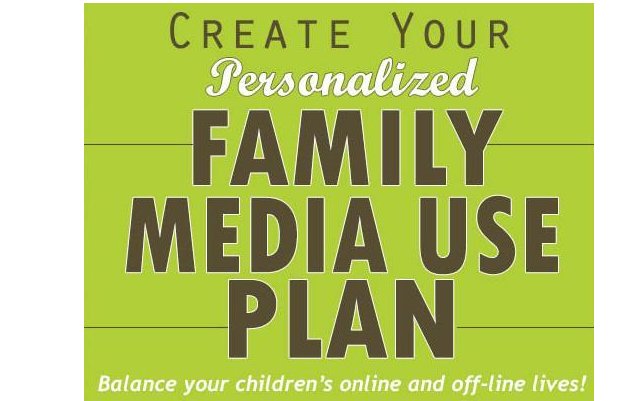
Set up agreements and guidelines for how you expect your child to use the device or computer that you gave to them. If it helps, have both the parents and the child sign and date this agreement. An example of a best practice is having the youth write down his or her social media passwords on a piece of paper and then have the child sign it along with their parents. This paper is then put in a sealed envelope and put on the fridge or a secure place. If the
|  parent feels the need to open the envelope, they must be prepared to have a discussion with their child around their concerns.
Encourage your child to report behaviour that they feel is inappropriate or crosses boundaries.
Stay informed – the applications and trends are changing every day and youth like to stay current on emerging social media platforms.
|
|
|
| GENERAL SOCIAL MEDIA SAFETY GUIDELINES
|
|
|
 Use a strong password. The longer it is, the more secure it will be.
Use a different password for each of your social media accounts.
Set up your security answers. This option is available for most social media sites.
If you have social media apps on your phone, be sure to password protect your device.
|  Be selective with friend requests. If you don‘t know the person, don‘t accept their request. It could be a fake account.
Click links with caution. Social media accounts are regularly hacked. Look out for language or content that does not sound like something your friend would post.
Be careful about what you share. Don‘t reveal sensitive personal information ie: home address, financial information, phone number. The more you post the easier it is to have your identity stolen.
| 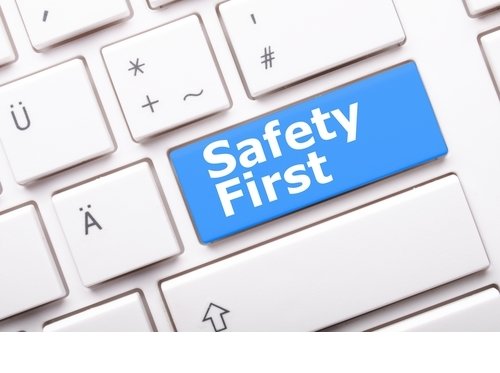 Become familiar with the privacy policies of the social media channels you use and customize your privacy settings to control who sees what.
Protect your computer by installing antivirus software to safeguard. Also ensure that your browser, operating system, and software are kept up to date.
Remember to log off when you‘re done.
|
|
|
|
|
|
|
|
|